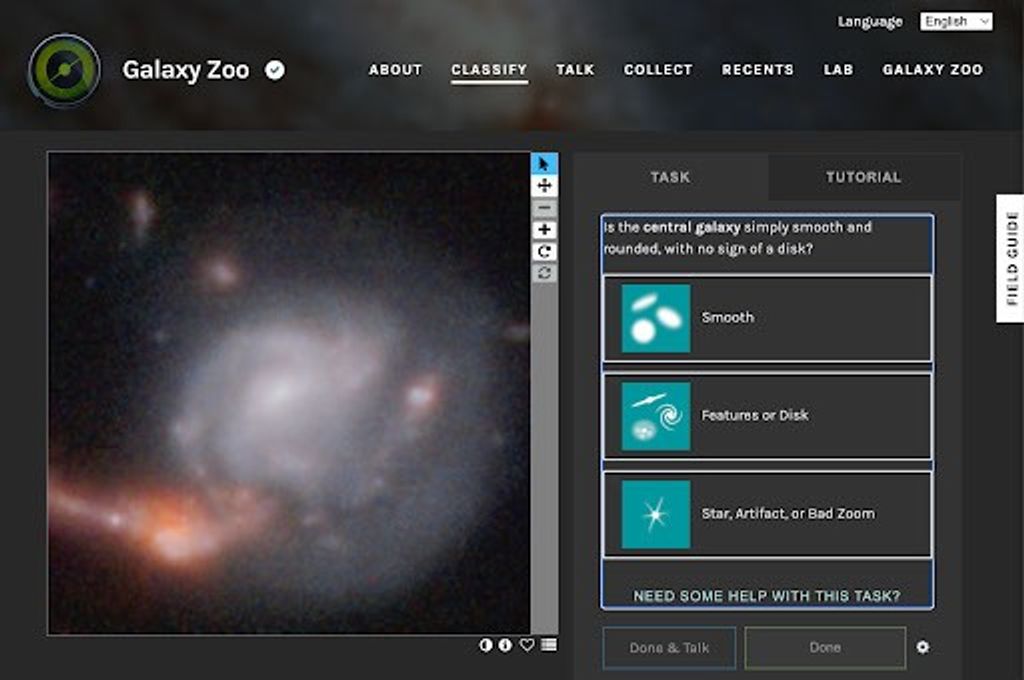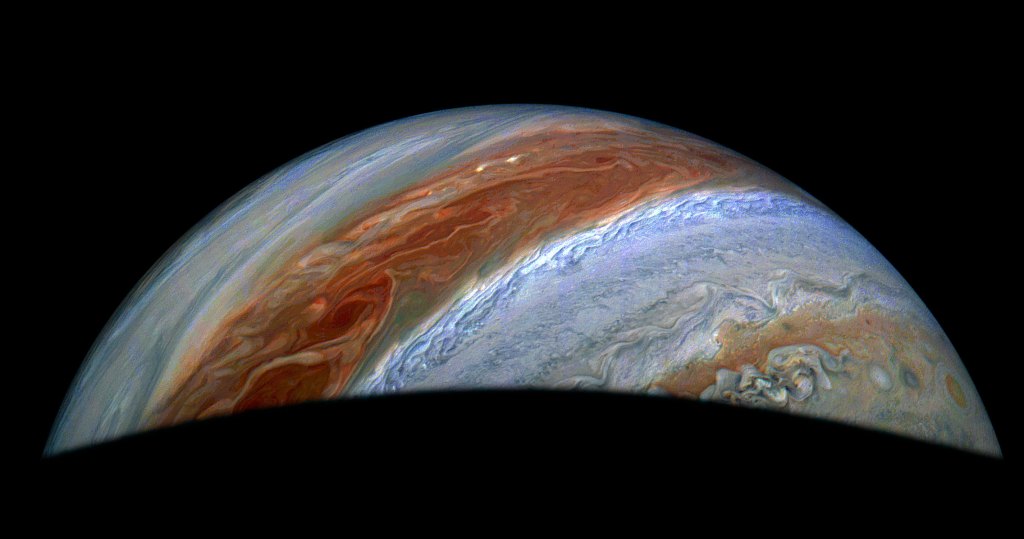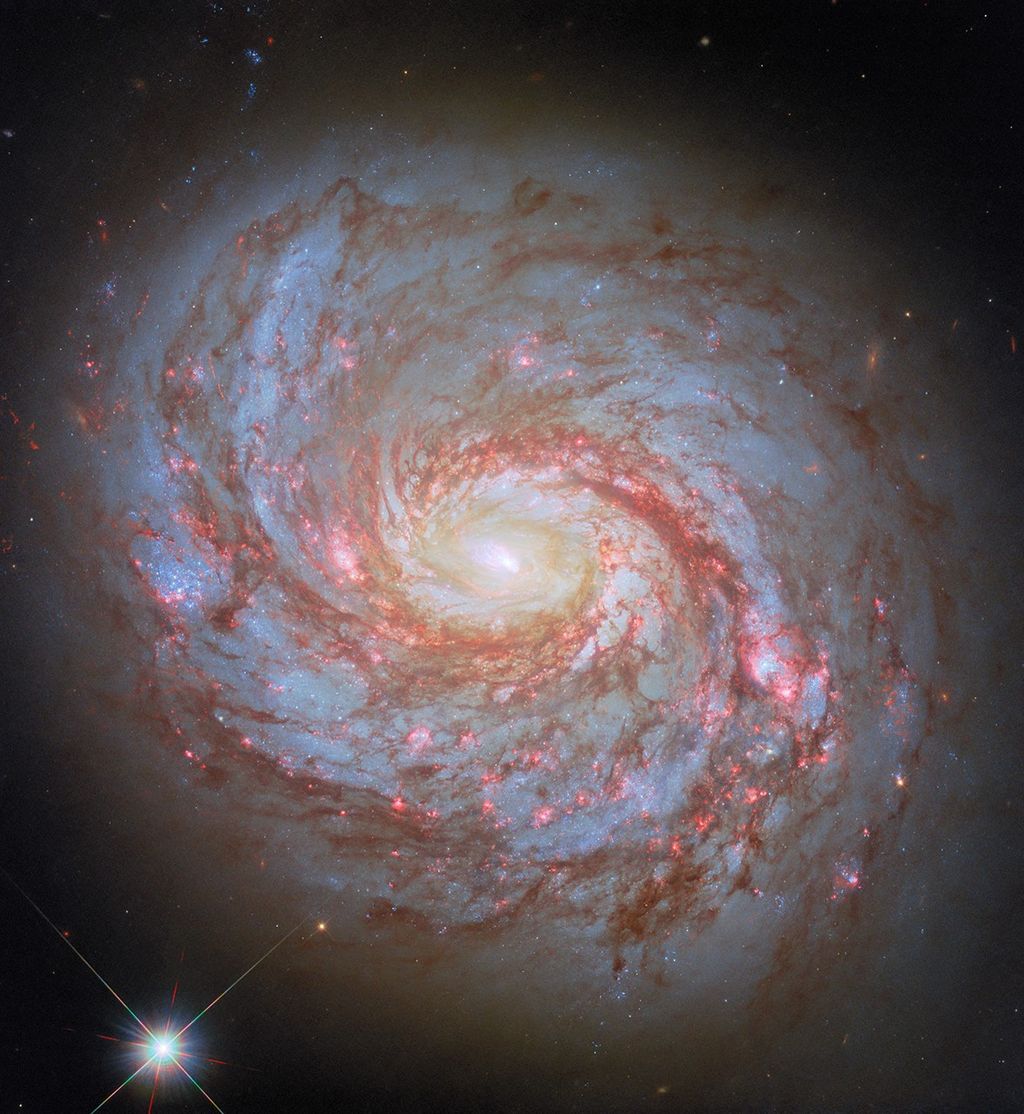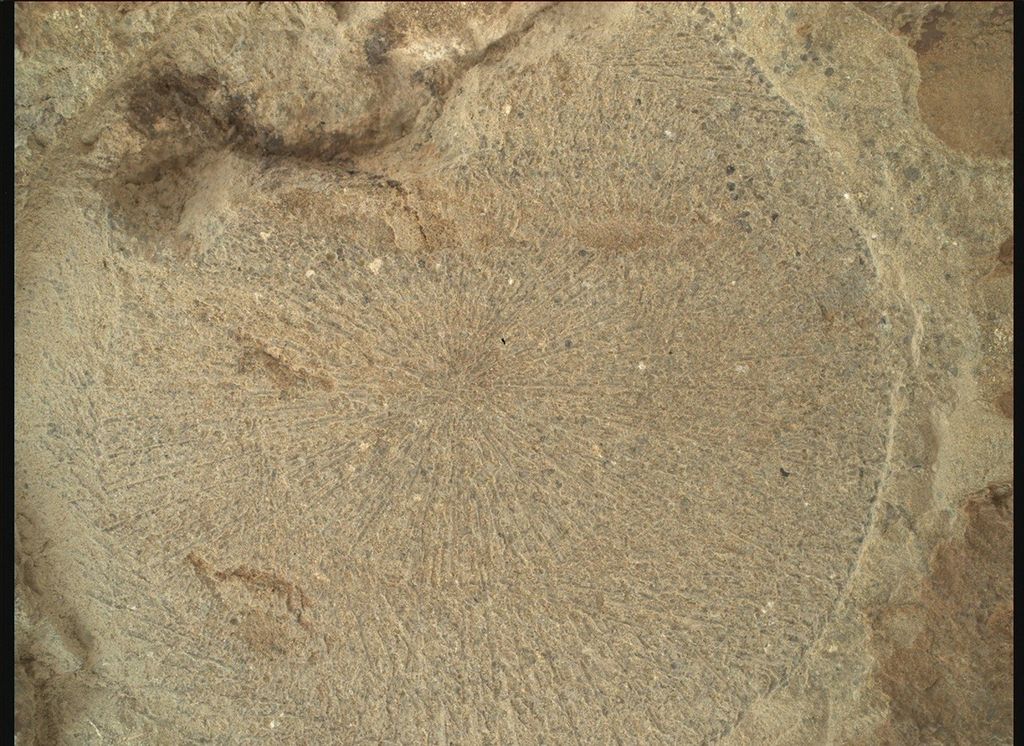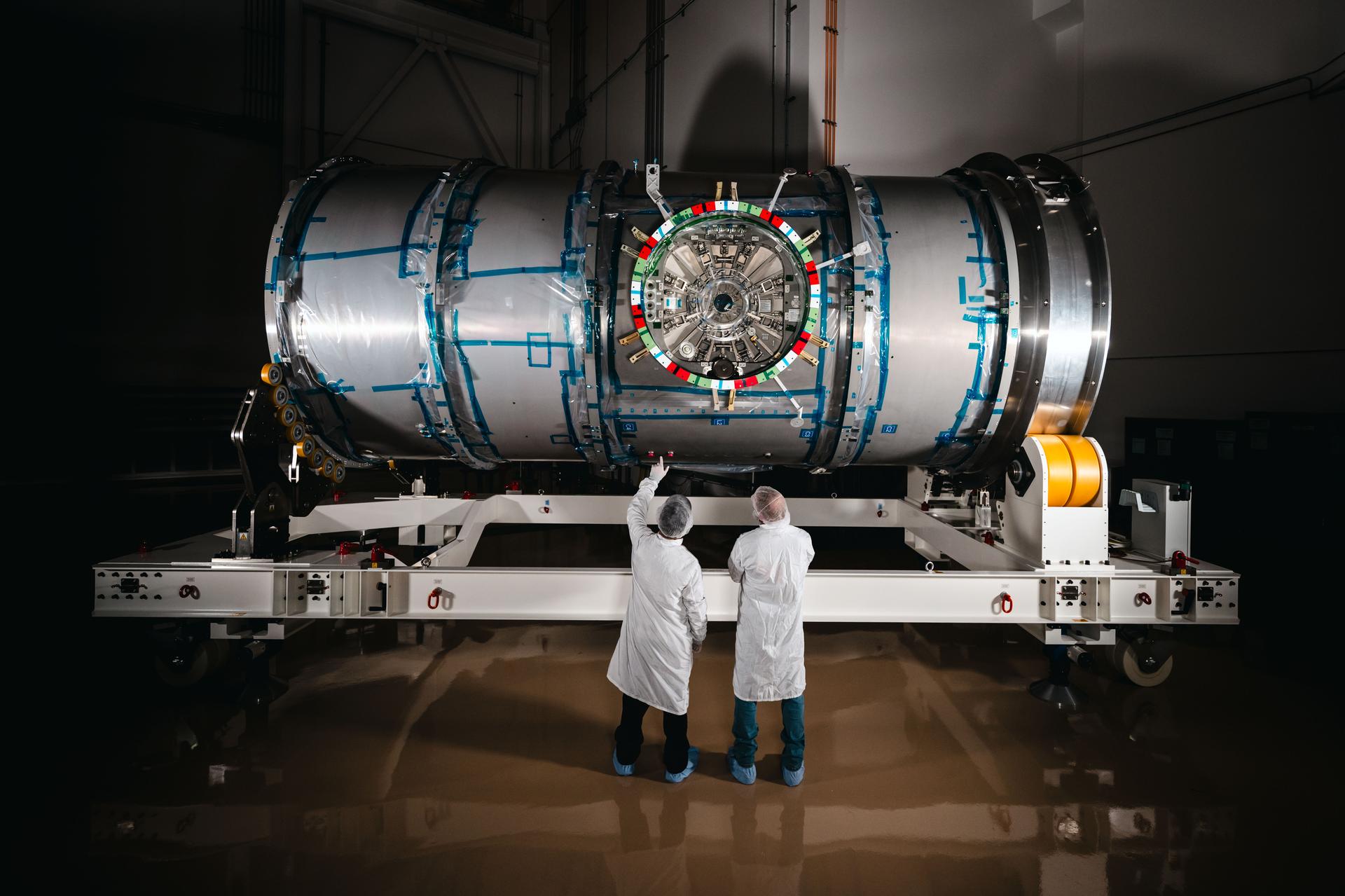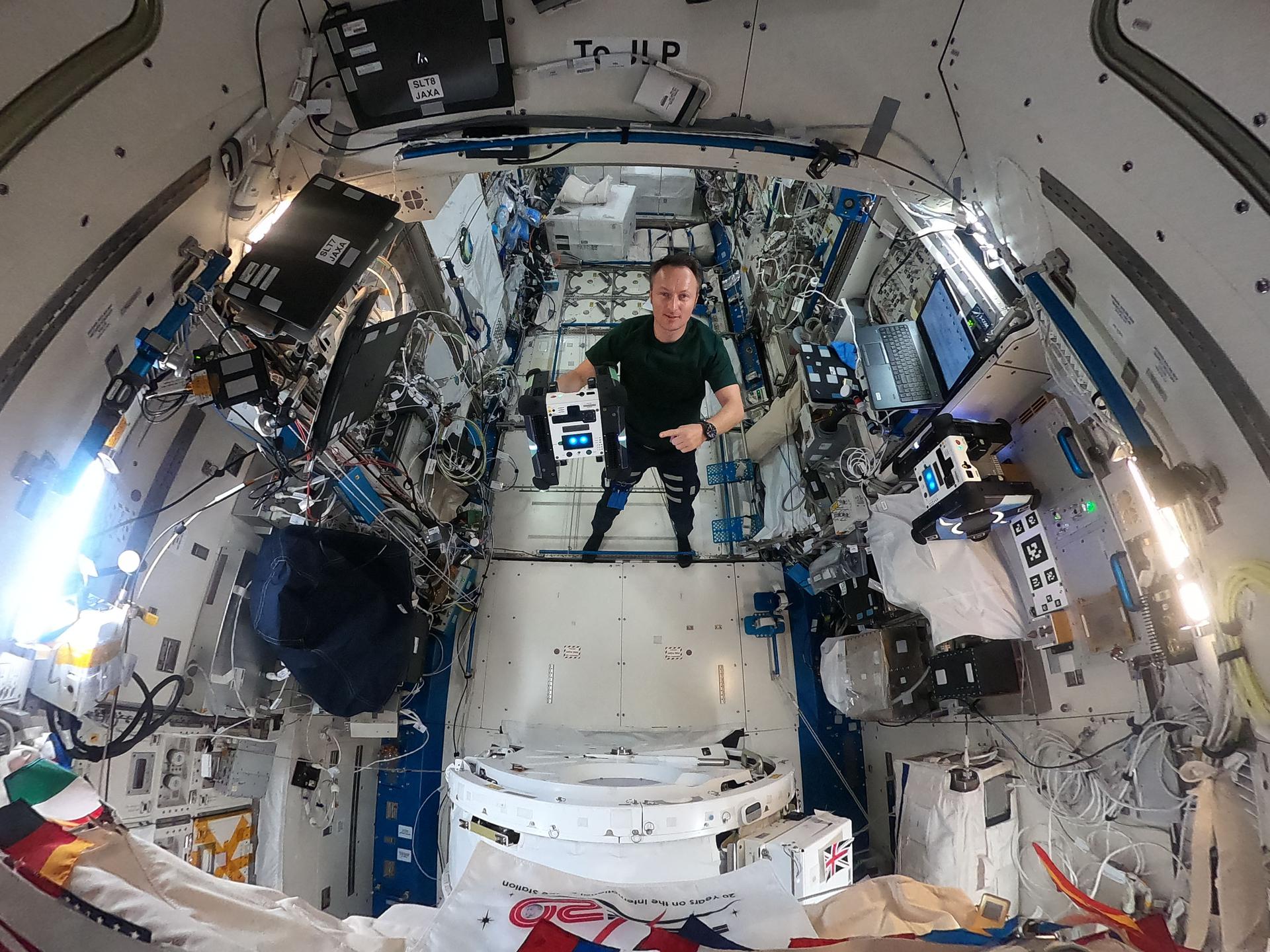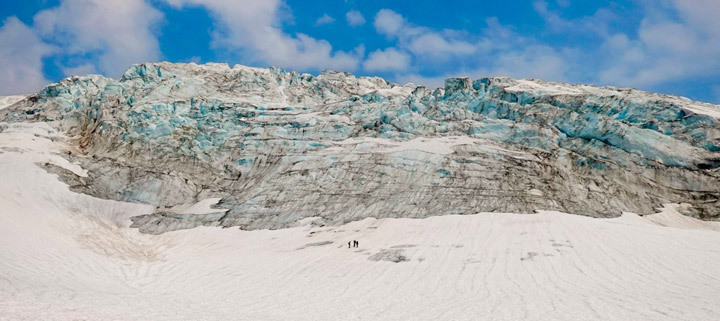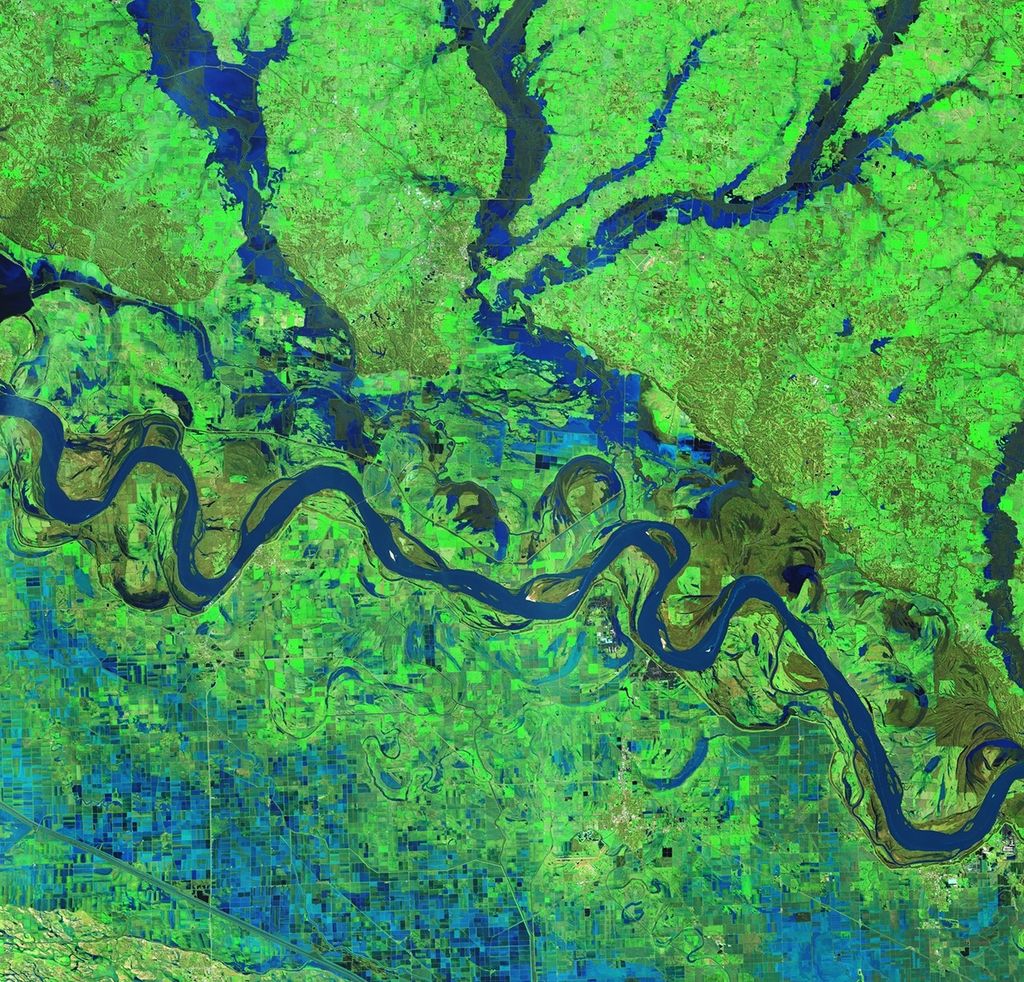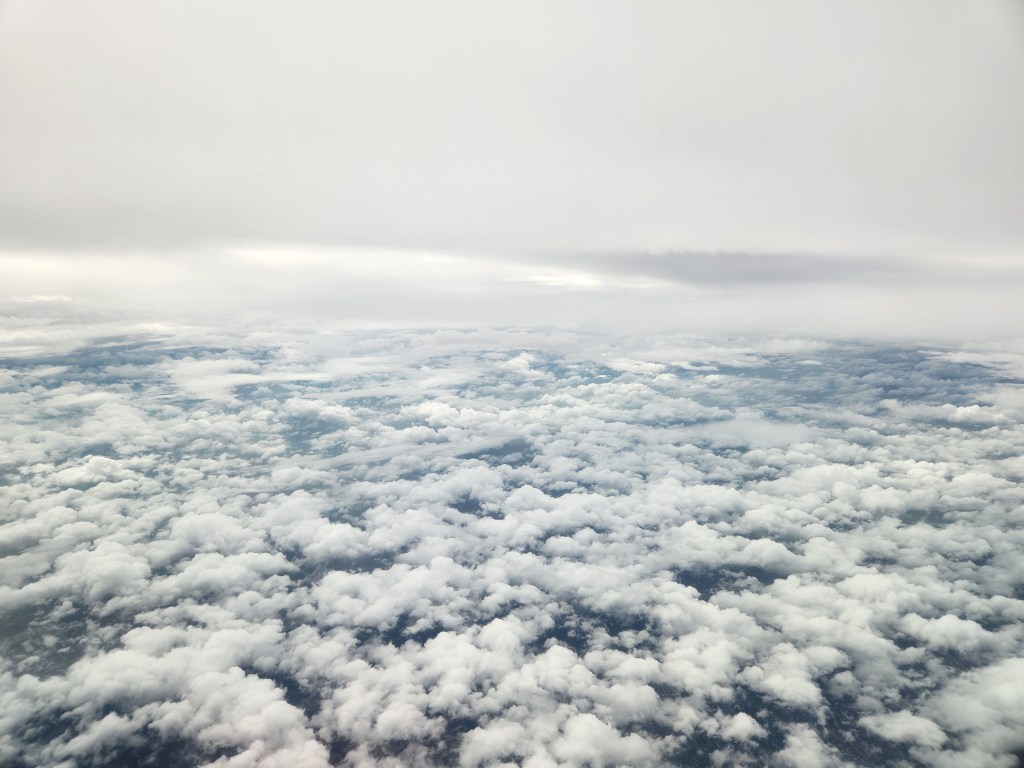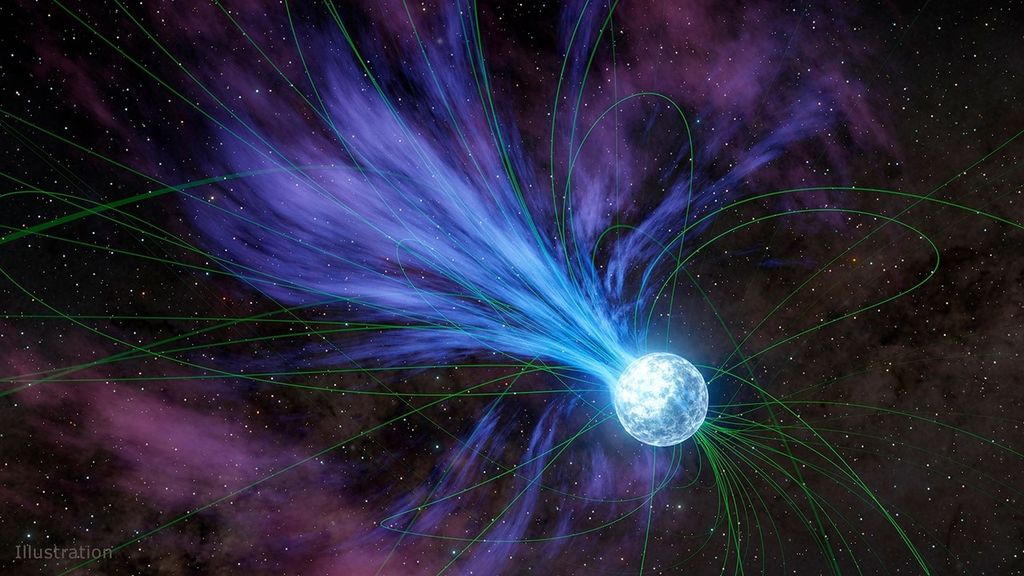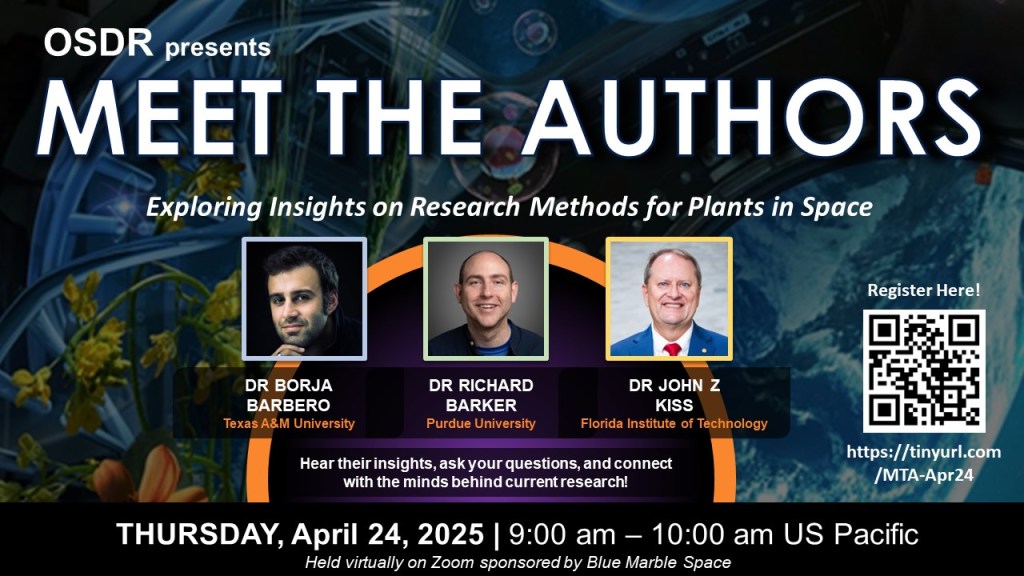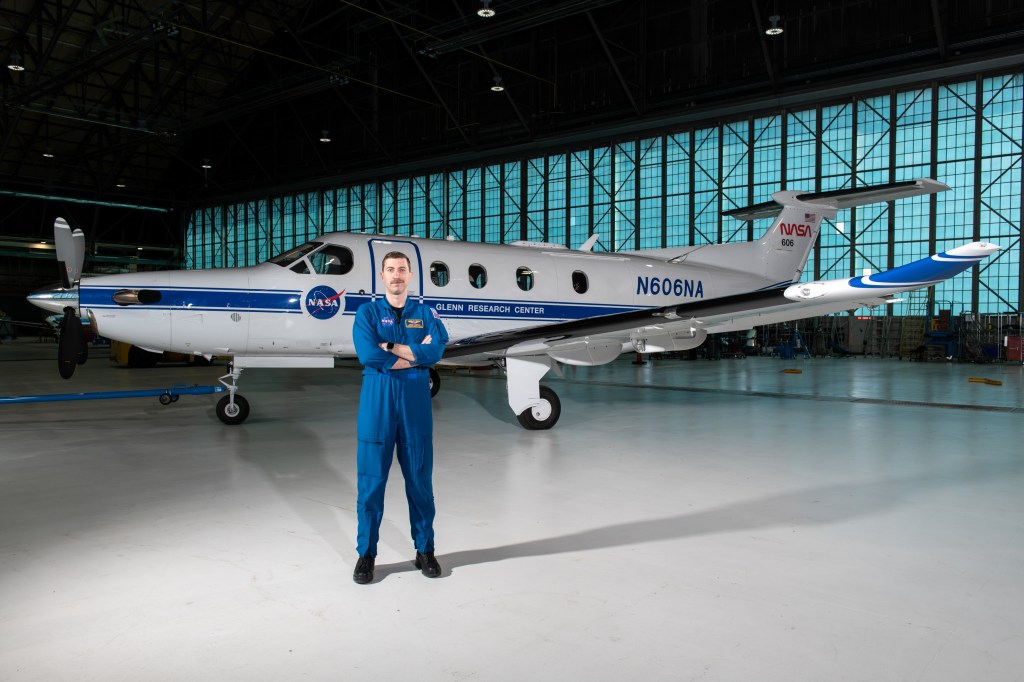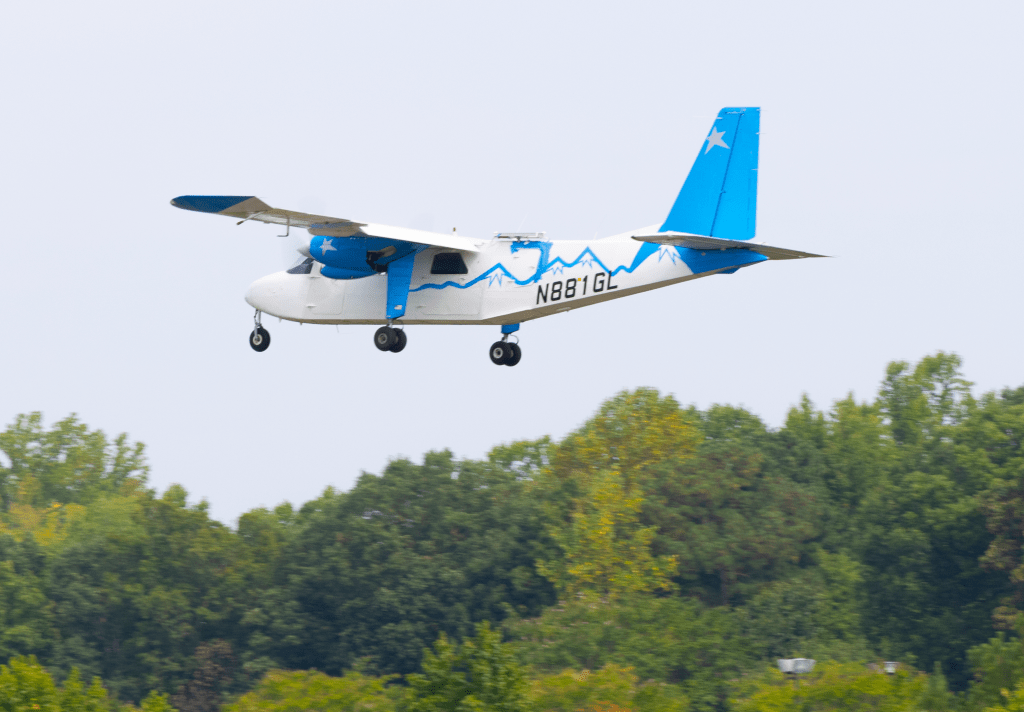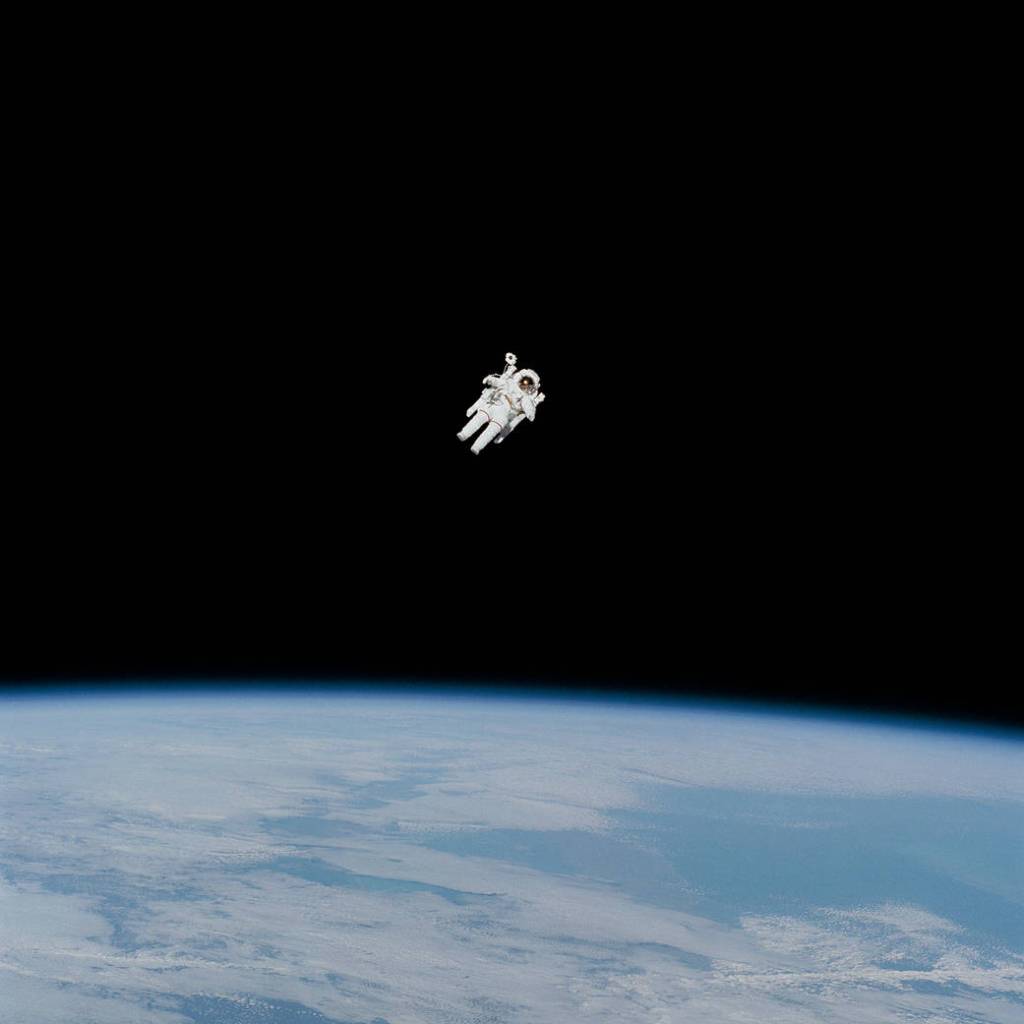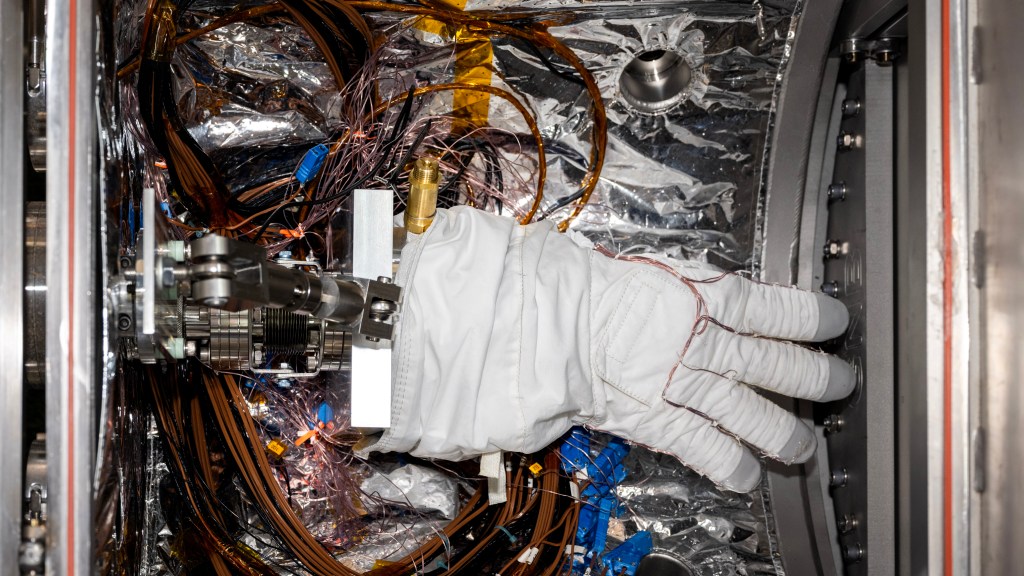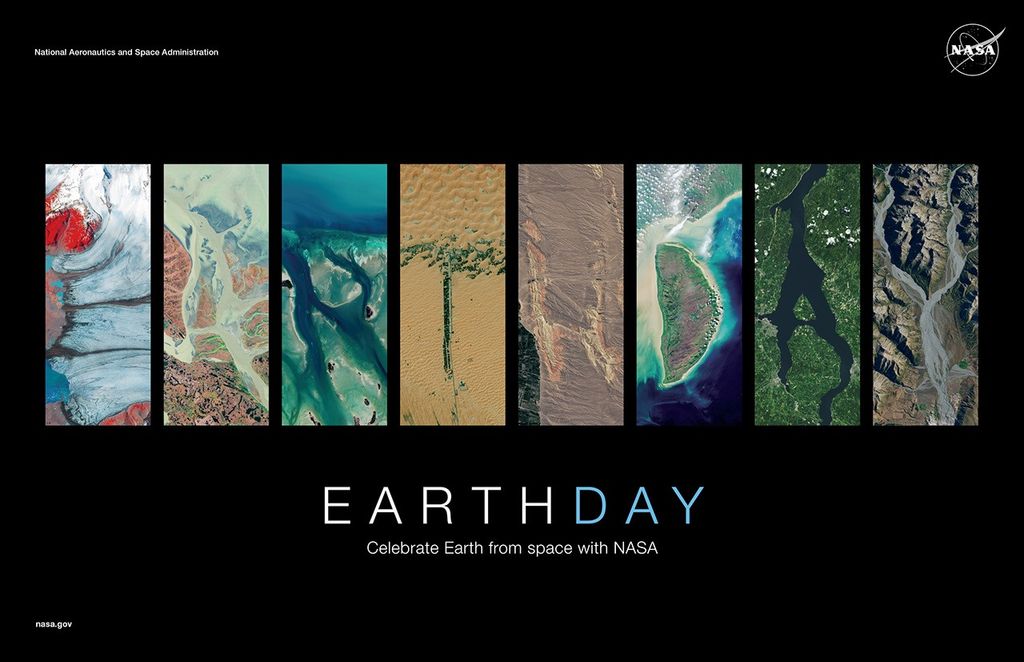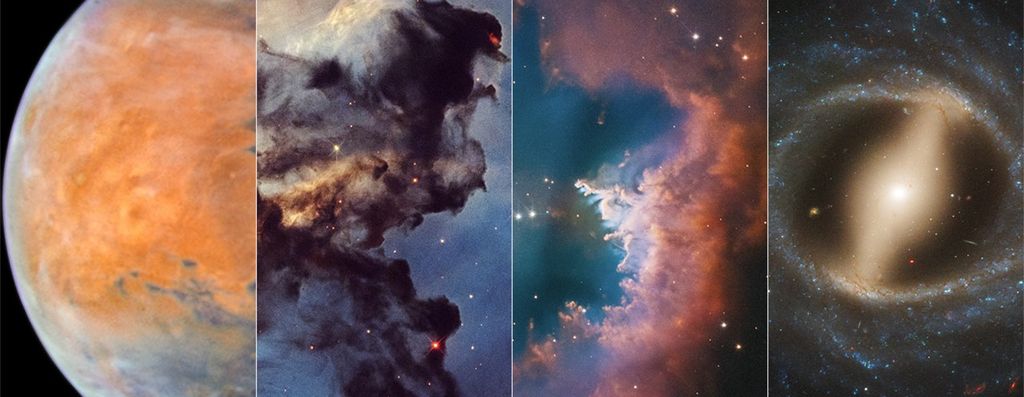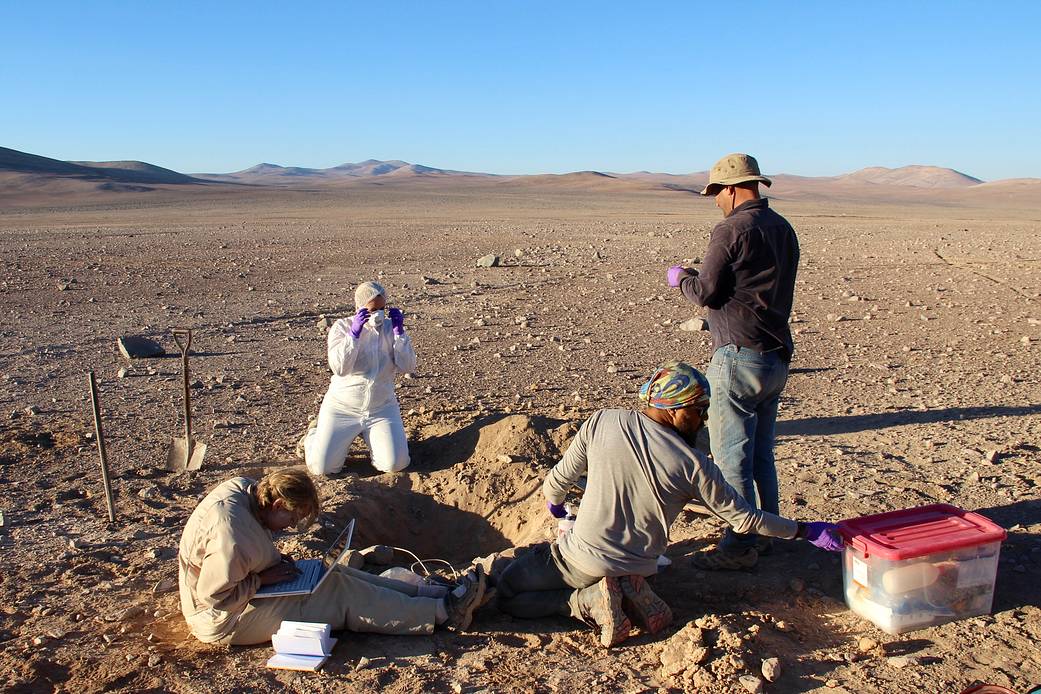Scientists from the ARADS astrobiology project recently did field work in Chile’s Atacama Desert, learning about the rare microbes that manage to live in this extreme environment. Kathryn Bywaters, a biologist at the SETI Institute and NASA’s Ames Research Center, wears a clean suit, hair net, mask and gloves to prevent contamination of the samples taken for study. Lying in the desert dirt, she’ll reach down into the hole the team has dug to collect soil samples at different depths. These will be analyzed for their mineral composition and for genetic studies of any microorganisms that might be present.
+++
The Atacama Rover Astrobiology Drilling Studies, or ARADS, project is designing tools and techniques that could be used to search for life one day on Mars or other places in the Solar System. The team’s prototype rover combines the ability to move across the surface, drill down to collect soil samples, and feed them to several life-detection instruments on board. The extreme conditions of Chile’s Atacama Desert provide one of the most Mars-like environments on Earth, where the team can test and refine these technologies and methods.
ARADS is led by NASA’s Ames Research Center in California’s Silicon Valley. Partners include NASA centers Goddard Space Flight Center in Greenbelt, Maryland, and the Jet Propulsion Laboratory in Pasadena, California, as well as Johns Hopkins University in Baltimore, Maryland, Honeybee Robotics in New York, the University of Antofagasta and CampoAlto SpA, both in Chile, and Spain’s Center for Astrobiology.
Credit: NASA/Ames Research Center

